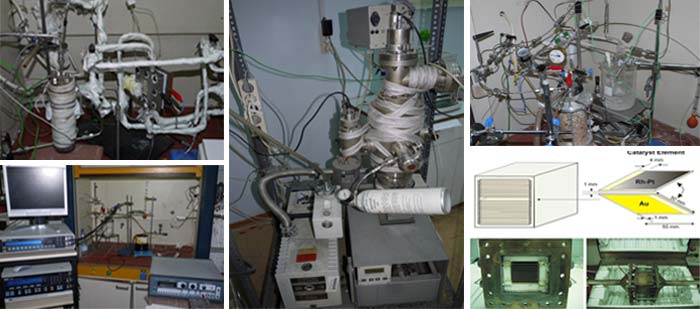- 20 October, 2016
- Tags :
Catalysis and autocatalysis of chemical synthesis and of hadronization
Department of Chemical Engineering – University of Patras
In a recent work we have shown that the mass of W± bosons can be computed from first principles by modeling these bosons as relativistic rotational bound states consisting of e±–νe pairs, and by employing the de Broglie wavelength equation together with Newton’s universal gravitational law but with gravitational instead of rest masses (Vayenas et al., 2016). Here, we present similar calculations for the Zo boson which we model as a bound state of e+–νe–e− with an electron antineutrino at the center of the rotating ring. This appears consistent with the fact that Zo bosons are known to decay primarily to e+–e− pairs. The above models contain no adjustable parameters. The computed Zo boson mass (91.72 GeV/c2), as well as the ratio of the masses of Zo and W± bosons, differ by less than 0.6% and 0.9% respectively from the experimental values.

Electrochemical promotion of the hydrogenation of CO2 on Ru deposited on a BZY proton conductor, Journal of Catalysis (2015). Comparative study of the electrochemical promotion of CO2 hydrogenation on Ru using Na+, K+, H+ and O2− conducting solid electrolytes, Surface Science (2015). Comparative Study of the Electrochemical Promotion of CO2 Hydrogenation over Ru-Supported Catalysts using Electronegative and Electropositive Promoters, CHEMELECTROCHEM (2014). Ionically conducting ceramics as active catalyst supports, Chemical Reviews, (2013). Promotion, Electrochemical Promotion and Metal-Support Interactions: Their Common Features, Catalysis Letters (2013).
Read More »
We are delighted to announce that Professor Costas G. Vayenas has received a honorary doctorate from the Aristotele University of Thessaloniki (ΑΠΘ) on November 23, 2015. Τhis was the first honorary doctorate given by the Department of Chemical Engineering of the ΑΠΘ since its foundation.
Read More »